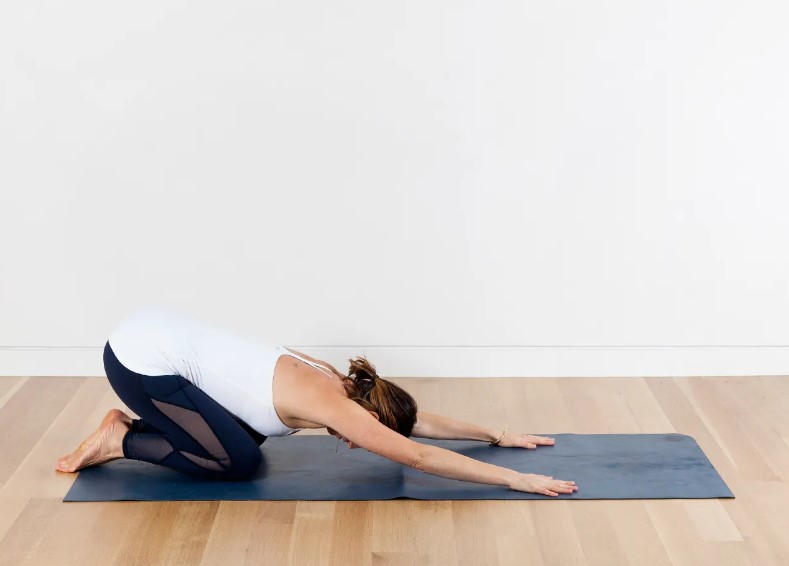The Best Pelvic Floor Exercises for New Moms

During pregnancy, doctors urge women to strengthen their pelvic floor muscles. The pelvic floor area is a group of muscles that run from the pubic bone to the tailbone.
However, focusing on building up those muscles after giving birth is important to your postpartum recovery. This is because the pelvic floor plays an important role in avoiding incontinence. They can also improve sexual function and create a stable lower back.
One way to achieve this and strengthen your pelvic floor muscles is to exercise. As a new mum, there are many exercises you can do.
Why Pelvic Floor Exercises Are Important
Pelvic floor exercises mainly target pelvic floor muscles. They help to treat bladder problems or improve bladder control. This is achieved by treating or preventing conditions such as urinary incontinence.
Pelvic floor exercises also help to reduce the risks related to fecal incontinence. This is basically a condition causing you to leak stool before you reach the washroom. Exercises help prevent this by strengthening your rectal muscles. Other benefits may include the following:
- Preventing hemorrhoids
- Avoiding pelvic organ prolapse
The Best Pelvic Floor Exercises
Even when you have been diagnosed with pelvic floor dysfunction, the exercises may still help to prevent, improve, or reverse different pelvic health issues. Some of the exercises you can do are:
1. Belly Dancing
In order to do this exercise, consider getting down on your knees and hands. Make sure your wrists are under your shoulders. Keep your back flat, bring your navel towards the spine, draw your abdomen up and down, and try to breathe normally. Afterward, tilt the pelvic floor muscles under, and bring the pubic bone towards the navel.
2. Pelvic Tilt
Like most pelvic floor exercises, pelvic tilt is basically a subtle yet effective practice to help you cut down that belly fat after childbirth. Plus, it is among the safest pelvic floor exercises you may do after your vaginal delivery.
All you need to do is to lie on your back with the knees bent at around 90 degrees and ensure your feet are planted firmly on the floor. Try to tilt your hips towards the upper body. While doing so, engage your core and raise your bottom off the floor.
3. Diaphragmatic Breathing
Deep or diaphragmatic breathing is basically a pelvic floor exercise you may start in the first few days after giving birth. Take a couple of minutes every day to concentrate on your breath.
This won’t just help to reduce stress and relax. It will as well improve core stability as well as slow your breathing rate. You may do this exercise while lying down or seated.
All you need to do is to get a good yoga mat and lie flat on the floor. Be sure to relax your body and focus on releasing tension from the toes. Put one hand on the chest and the other on the stomach. Take one deep breath and exhale slowly. Repeat the procedure several times.
Concluding Remarks!
Pelvic floor problems or dysfunction affect one-third of all women. You will know that childbirth and pregnancy are risky. So if you recently gave birth to a child, you will greatly benefit from pelvic floor exercises.




